Ole’ Man Bosporus
My guide asked if I could draw a line in the water to separate the European waters from the Asian as our ferry boat sailed up the Bosporus strait. I looked down at the swirling, eddying waters below as they flowed past, streaming, gurgling, mixing, and instantly, separating again. It was really impossible!
I understood the metaphor, not just for the waters of the Bosporus Strait but also for the city it flows through, Istanbul in Turkey that straddles Europe and Asia. Its 15.5 million inhabitants have an astonishing heritage that spreads across time, culture, and continents!
The Bosporus Strait is 19 miles long and more than a mile wide. So, a boat ride on it is a great way to view the structural opulence of the East and the splendor of the West that line the Asian and the European shores of this wonderful continent-spanning city.
I noticed that the buildings and architecture were of different ages and civilizations. However, no particular style or period entirely dominated. Nor did they clash with each other. The Greek, Roman, and Ottoman influences work beautifully together to create a magical city that was once ancient Lygos, then Byzantium, then Constantinople and now Istanbul!
When the Black Sea was Sweet
Some 8,000 years ago, the Black Sea was a freshwater lake! A rivulet trickled down southwards but did not quite reach the Sea of Marmora.
Then cataclysm! Retreating glaciers and rapidly melting ice combined with other natural events to raise the level of the Mediterranean Sea by some 230 feet! Saltwater flooded the entire area. It was the Biblical “Great Flood” and its memory is etched in many religious beliefs. Humans living around the area had to flee to higher ground or perish.
Eventually, when the waters retreated, the land had changed forever. The Black Sea had turned salty, swollen to one and half times its size. The upheaval and flooding had created a permanent channel connecting the Black Sea to the Sea of Marmora birthing the Strait of Bosporus!
Trade Channel of World
As the world turned, many countries rose on the shores of the Black Sea like Russia, Ukraine, Bulgaria, Romania, Greece, and Turkey. For them all, Bosporus was the access to the Mediterranean through the sea of Marmora. As trade and commerce increased over time so did the commercial, strategic, and political importance of the Strait.
Today, Bosporus is a very busy waterway with many ships and oil tankers sailing through. Many local fishing boats and ferries crisscross the waters from the European to the Asian side. It is estimated that about 48,000 ships pass through this strait annually, which is three times more than the Suez Canal and four times more than the Panama Canal! The history of the strait is inextricably woven together with the history of the city and of the people who live on both sides of it.
Rise and Fall of Empires
Humans had settled for over three thousand years where Istanbul now stands. Lygos was the first, founded by the now extinct Thracian tribes. In the 7th century BC, the land was colonized by the Greeks. The Roman Republic conquered it in 196 BC and named it Byzantium. Then in 330 BC the emperor Constantine I renamed it Constantinople and made it the capital of the Eastern Roman Empire. By then, the city had already become the largest in the western world, with half a million inhabitants.
Constantinople and the Eastern Roman Empire ended in the hands of the Ottoman Sultan Mehmed II in 1453 who renamed the city Istanbul and it became the capital of the Ottoman Empire. Under the Ottoman rule, the city prospered. However, for aiding the Germans in WWI, the victorious Allies split Turkey into smaller nations under Greek, Italian and British control in 1920. The Ottoman Sultan remained a figurehead under British supervision.
To free Turkey from foreign rule, Mustafa Kemal Ataturk of the Ottoman army resigned his commission and worked towards independence. He combined separate Turk resistance groups and fought the occupiers. In 1923 Turkey won its war of independence and became a republic with Ataturk as its President.
Boat ride on the Bosporus
Here is what I saw in my 90-minute ferry ride.
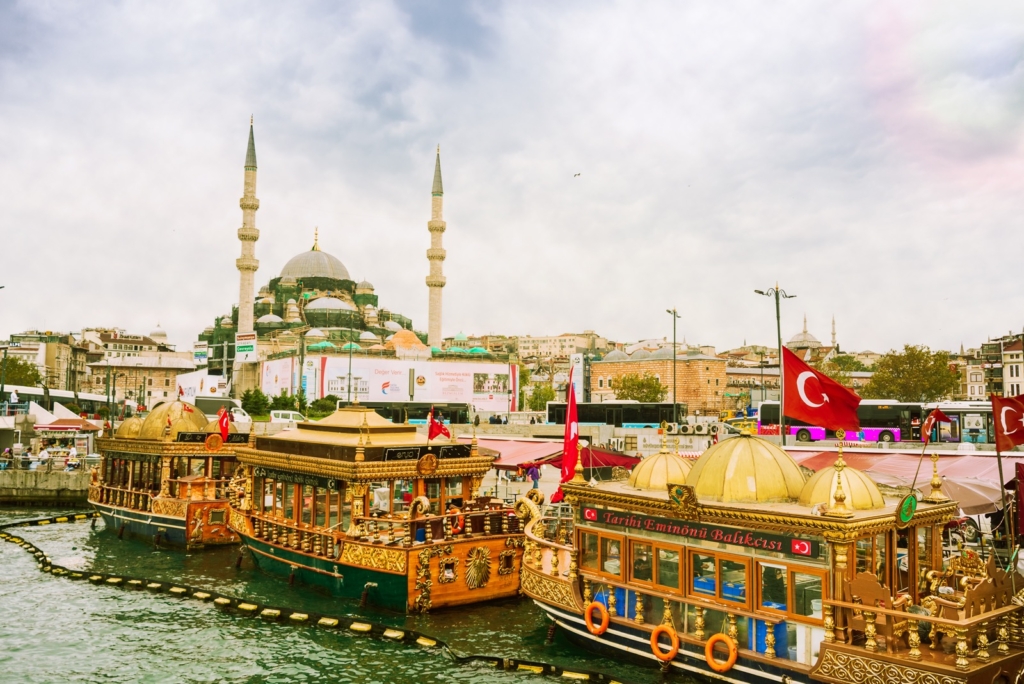
Eminonu Pier
The Pier is close to the Spice Market on the Asian side. Public ferry boats and private crafts begin their Bosporus tour from here. Luxury tours in gilded gondolas may last for 2 to 3 hours and provide onboard meals and entertainment. The public ferry crosses over to the European side soon after starting. At the Sultan Selim Bridge, it turns around, now sailing closer to the Asian shore to return to its starting point.
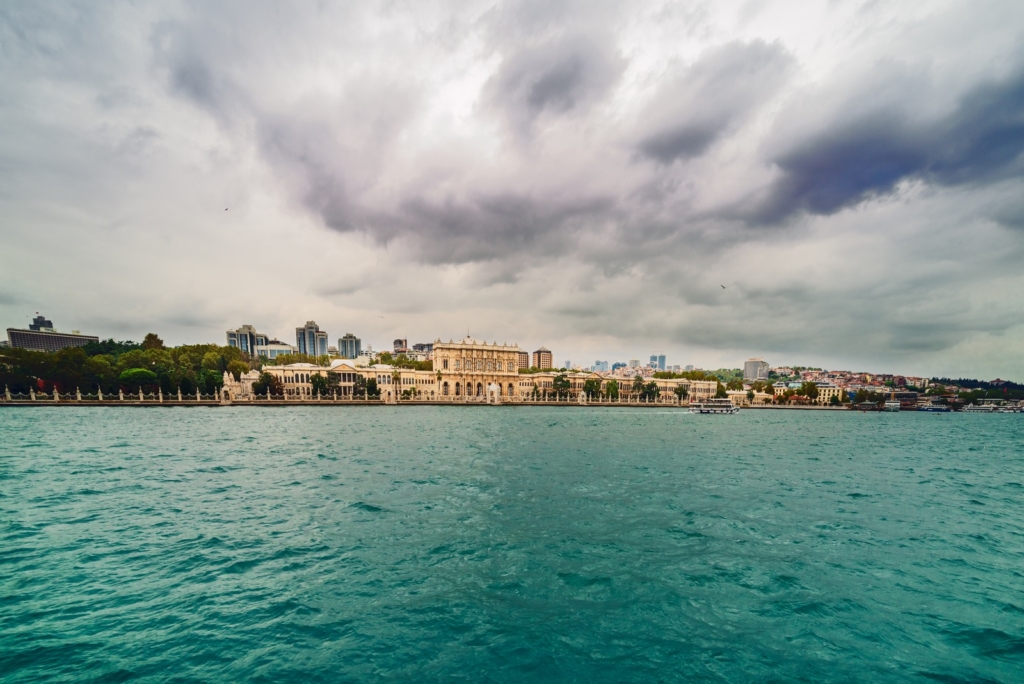
Dolmabache Palace
In the early 19th century, the Ottoman sultans began visiting European capitals. Attracted by the styling, luxury, and comfort of those palaces, Sultan Abdul Mejid built the sprawling Dolmabache Palace on the waterfront. Till then, the Sultan and his family lived in the Topkapı Palace. After the fall of the Ottomans, Dolmabache passed to the new President Kemal Ataturk and is now a museum.
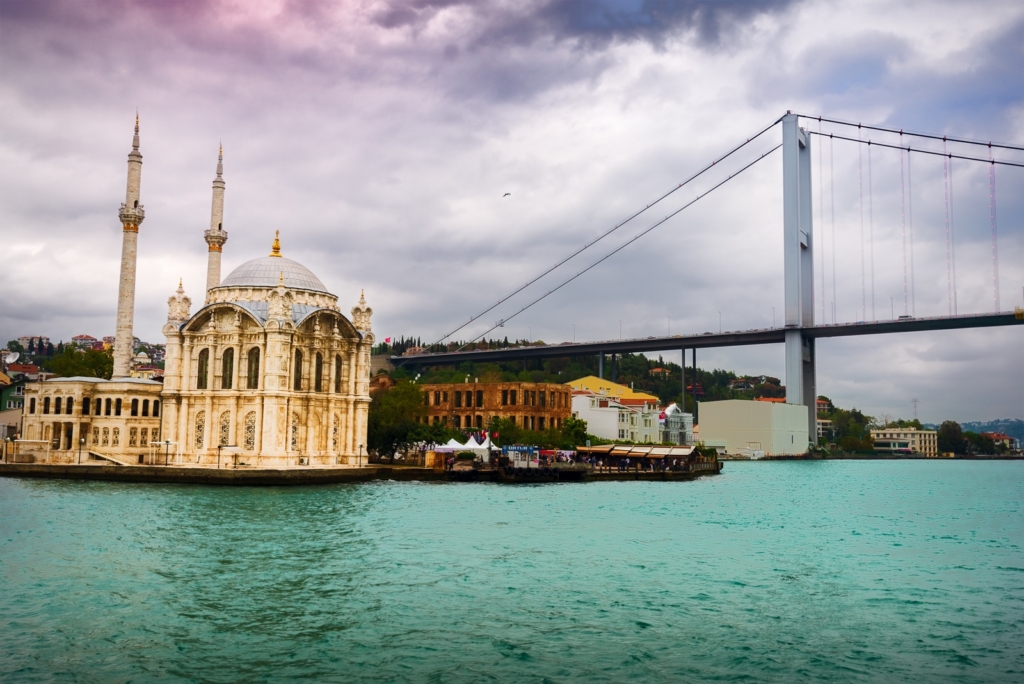
Ortokoy Mosque
While this mosque is pint-sized in comparison to mosques on the other side of the Strait it is quite spacious inside. Built-in Neo-baroque style, with wide, high bay windows, the mosque looks striking from the ferry.
The Rumelihisari
Still, in his twenties, Ottoman Sultan Mehmed II was crowned when his father died. Facing opposition from his father’s old councilors, he decided that only an exceptional feat of arms will make his position unchallenged. So, he decided to conquer Constantinople, a feat hitherto considered impossible.
Before the siege, he built a medieval fortress called Rumelihisarı also known as Rumelian Castle on the European banks of the Bosporus. Along with its older sister, Anadoluhisari, or Anatolian Fortress on the opposite bank, they effectively prevented any help from reaching besieged Constantinople.
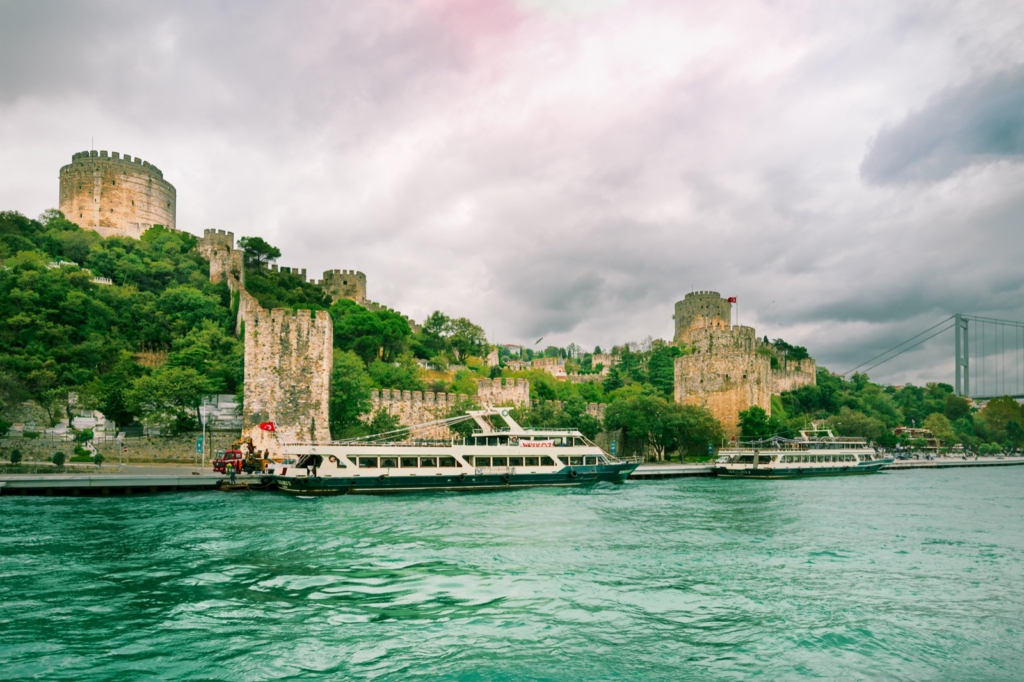
After a siege of some 44 days and ceaseless cannon fire, impregnable Constantinople fell to the Turks and the Eastern Roman Empire ceased to exist! Today, Rumelihisari is a popular museum.
Villas of the Rich
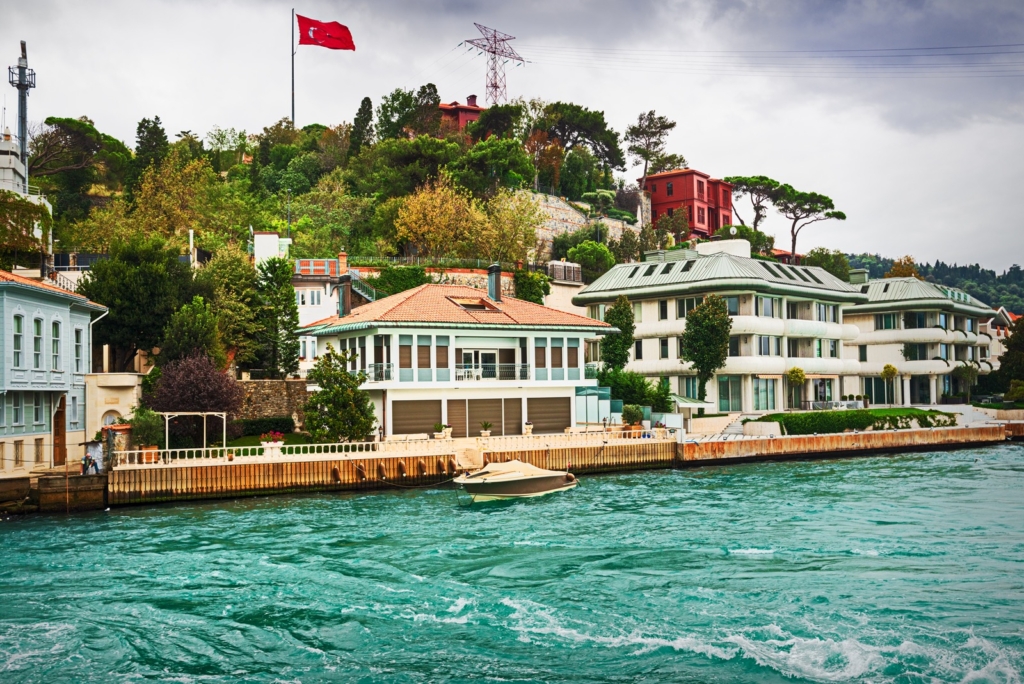
Called Yalis in Turkish, many waterfront villas with landing docks were built during the Ottoman era for noblemen and high dignitaries of the court. With the dramatic fall of the Turkish Lira in recent times, many of these villas are discreetly up for sale, especially to oil-rich Arabs.
View of Bosporus from the Cemlica Hill
Instead of disembarking at its final destination at Eminonu, we got down at the dock near Cemlica Hill on the Asian side. The Hill has many beautiful flower gardens, tea houses, and restaurants.
From the Asian side, I could see the two shores of the Bosporus. The view tells a tale of gradual change beginning with the Anatolian settlements on the Asian shore, followed by the Western-influenced architecture on the European side. The skyscrapers on the horizon represent modern Istanbul.
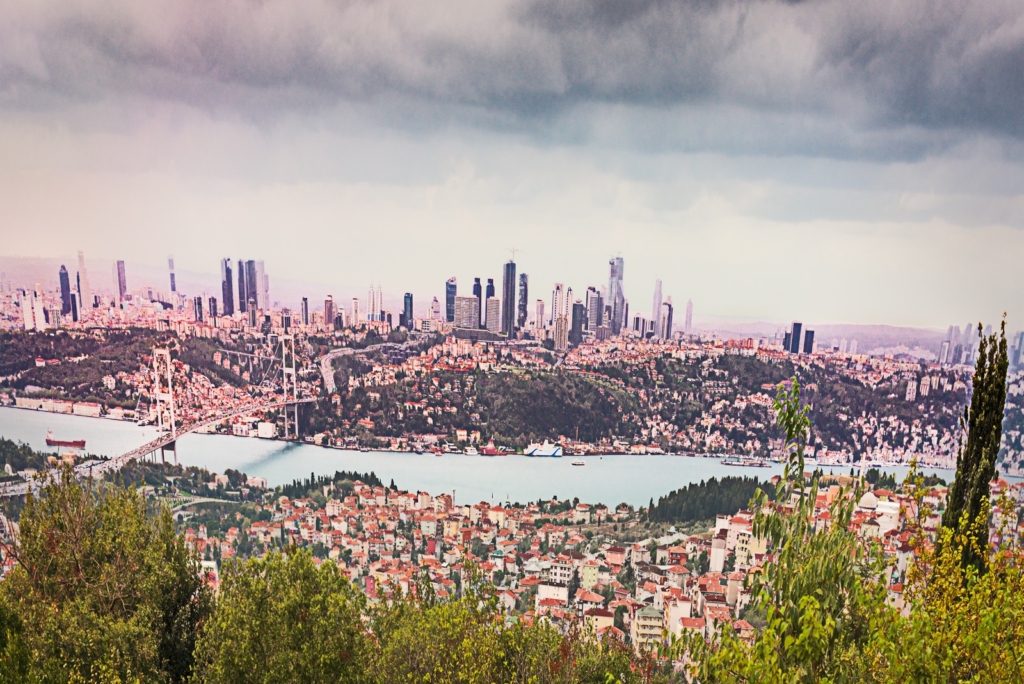
Ole Man River
I turned back for a last look. The waters of the strait looked smooth and untroubled. Although they had witnessed tumult and turmoil for 8000 years, no impression of the turbulent centuries remained. I thought Paul Robeson lament “Dat ol' man river, He mus' know sumpin', But don't say nuthin', He jes' keeps rollin', He keeps on rollin' along!” Ole’ Man Bosporus was doing just that!

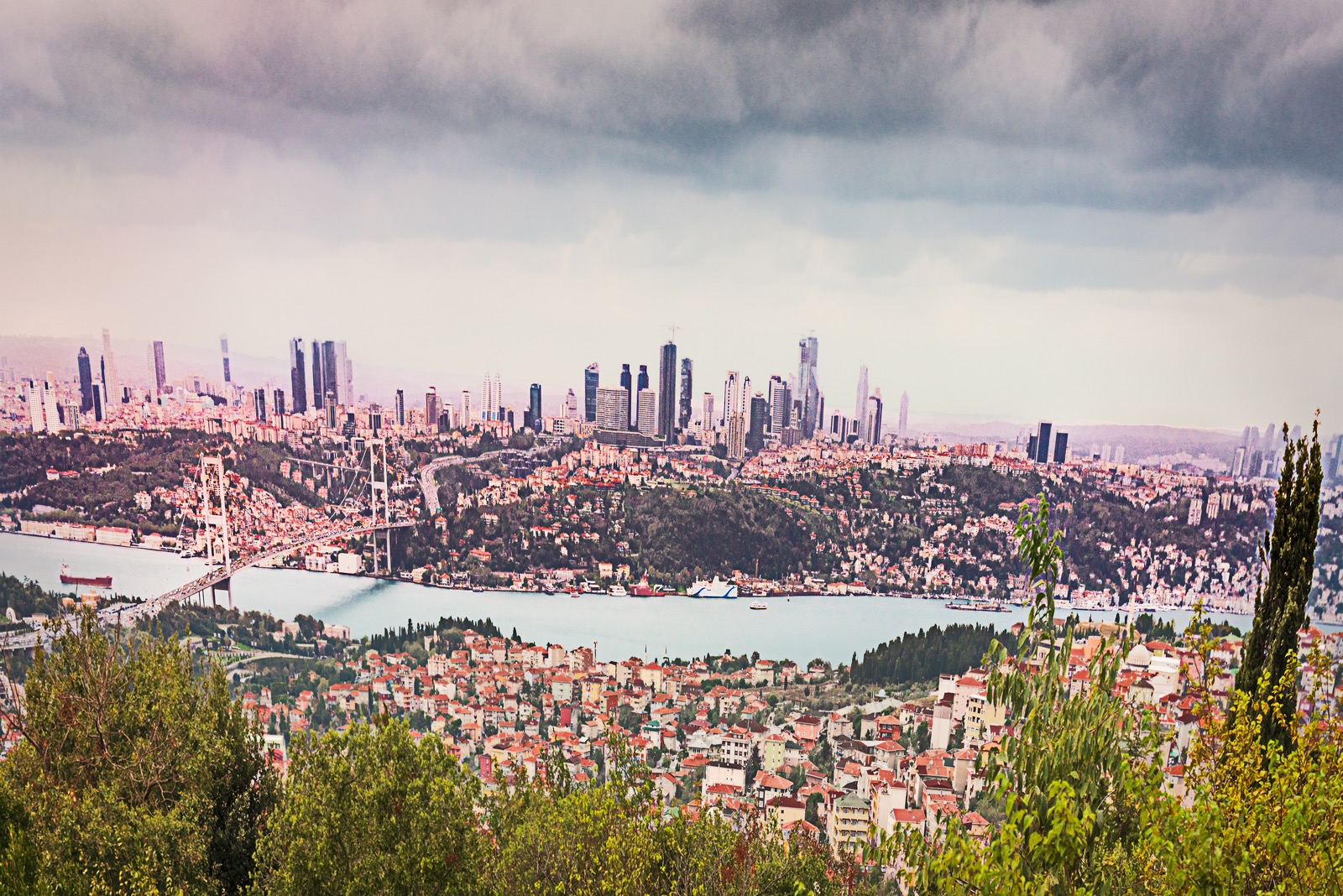
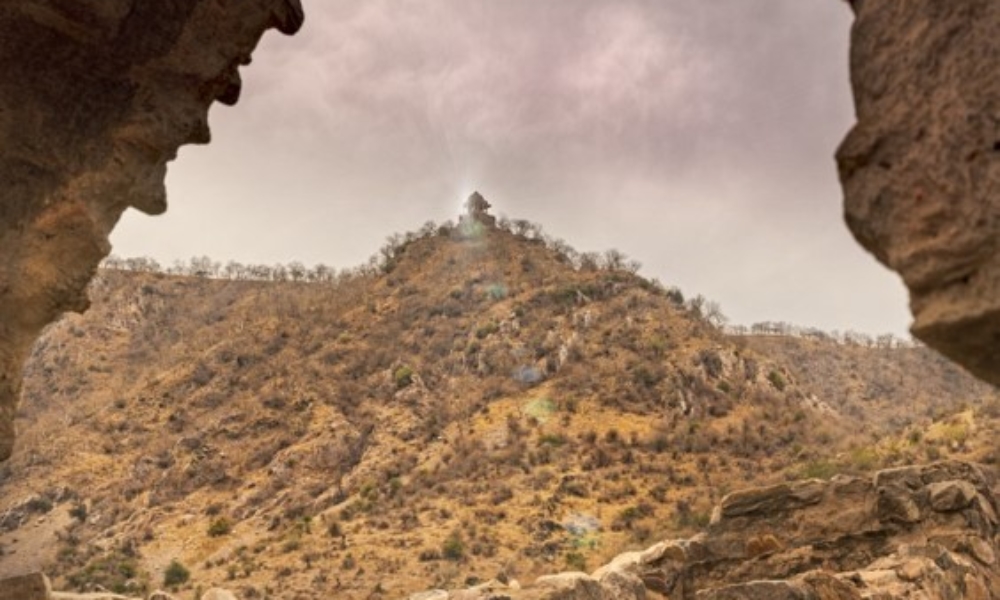
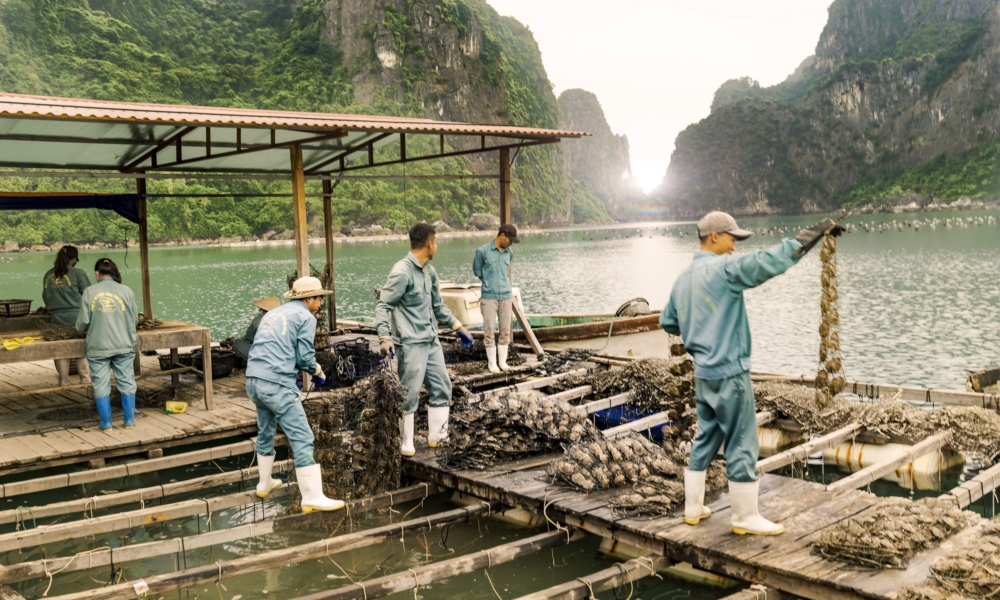
Usha Rai
5 Sep 2020What a well researched, erudite piece Jayanto. I loved the gilded Gondolas!
Usha Rai
Jayant Neogy
12 Sep 2020Many thanks Usha!